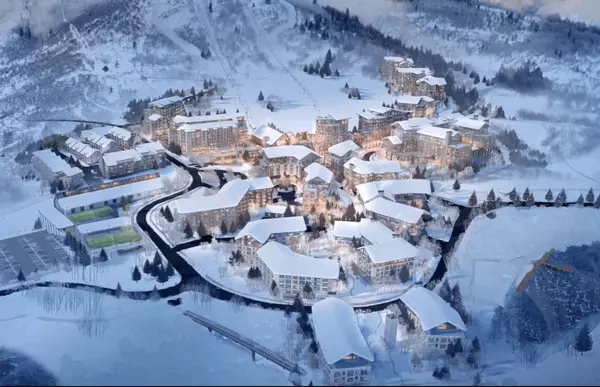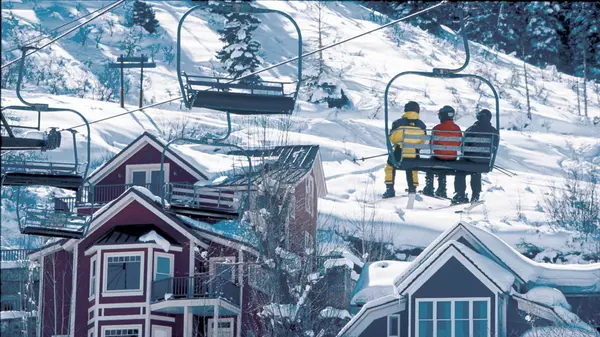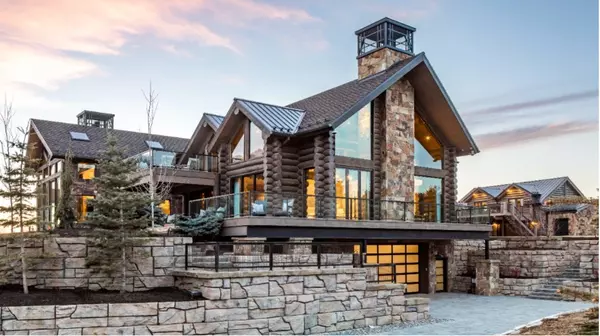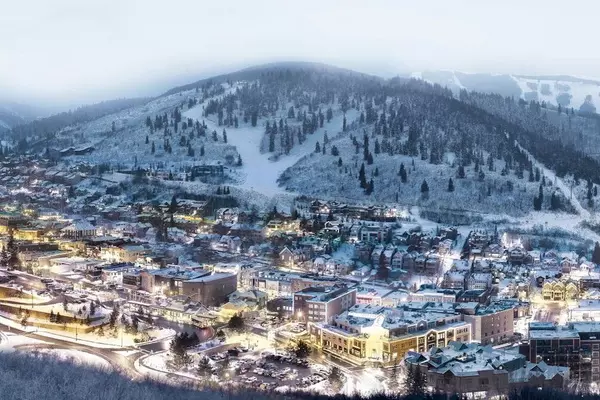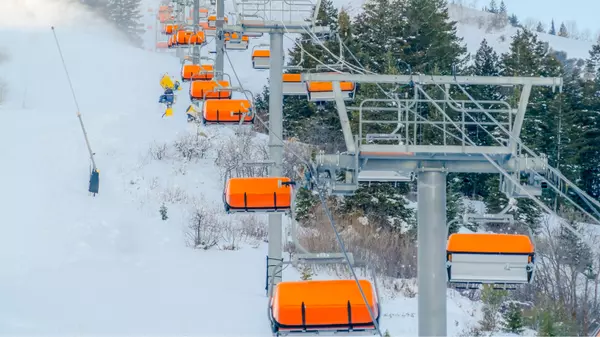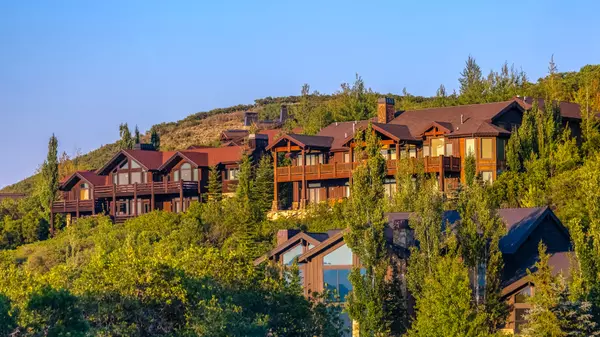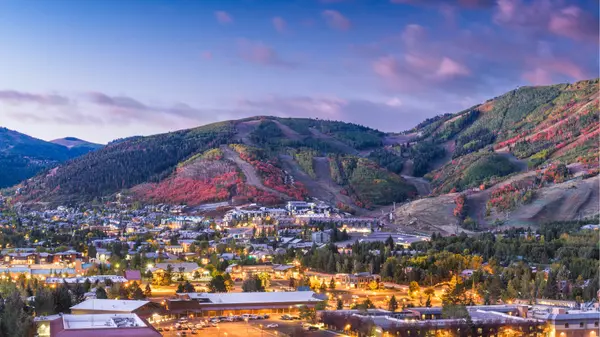The Impact of Seasonal Tourism on Park City Real Estate
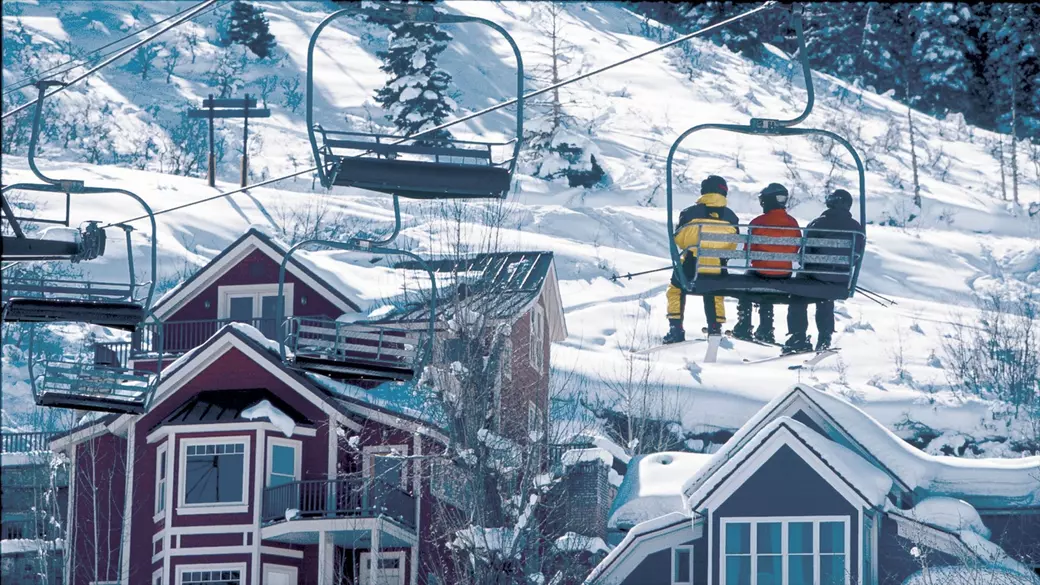
Introduction
Nestled in the breathtaking landscapes of Utah, Park City is not just a winter wonderland for ski enthusiasts but also a year-round destination that captivates visitors with its outdoor charm. With the changing seasons come shifts in tourism patterns that have a profound effect on the local real estate market. In this blog post, we'll delve into the intriguing relationship between seasonal tourism and Park City's real estate landscape. From the surge in demand for short-term rentals to the strategies savvy investors employ, we'll explore the intricate dynamics that shape the market.
Fluctuations in Demand: A Tale of Two Seasons
Park City's real estate market experiences distinct peaks and valleys thanks to its dual-season appeal. Winter ushers in the ski and snowboard aficionados, while summer welcomes hikers, bikers, and festival-goers. These two seasons dictate the rhythm of the real estate market, influencing both demand and pricing.
During the winter months, the influx of tourists seeking the renowned powder snow often leads to increased demand for short-term rental properties. Vacationers who fall in love with the area's charm may consider purchasing a second home, potentially transforming into long-term investors. Conversely, the summer season sees a different dynamic as outdoor enthusiasts and event attendees flock to the city, contributing to a shift in property preferences and rental demands.
The Short-Term Rental Phenomenon
Short-term rentals have become a defining feature of Park City's real estate landscape, profoundly impacted by the seasonal tourism patterns. The rise of platforms like Airbnb and VRBO has allowed property owners to tap into the lucrative market of vacation rentals. Investors often tailor their properties to cater to the tastes of tourists, equipping them with modern amenities and proximity to popular attractions.
However, the short-term rental market can be both a boon and a challenge for the local community. While it brings additional income to property owners and supports the local economy, concerns about housing availability and affordability have prompted discussions about regulations and their potential impact on the long-term rental market.
Strategies for Investors
Navigating the ebb and flow of seasonal tourism requires a strategic approach from real estate investors. Understanding when demand is likely to surge and wane can be the key to successful investment decisions. Here are a few strategies employed by savvy investors:
1. Diversification: Investors often diversify their property portfolios to cater to both winter and summer tourists. This can involve owning properties with ski-in/ski-out access and others with proximity to hiking trails and summer events.
2. Long-Term Potential: While short-term rentals can yield impressive returns during peak seasons, considering properties with long-term rental potential offers stability beyond the tourist influx.
3. Off-Peak Deals: The off-peak seasons can present opportunities for investors to secure properties at more favorable prices, capitalizing on potential market lulls.
4. Adaptability: Adapting properties to suit changing preferences between seasons can attract a wider range of renters, maximizing occupancy rates.
Conclusion
The interplay between seasonal tourism and Park City's real estate market is a fascinating dance that shapes the city's economic landscape. As winter and summer enthusiasts flock to the area, the demand for short-term rentals fluctuates, influencing both property prices and investment strategies. For investors, understanding these seasonal shifts and adapting to them can unlock a world of opportunities. As Park City continues to charm visitors year-round, the local real estate market will remain an intricate tapestry woven by the threads of tourism.
Categories
Recent Posts
